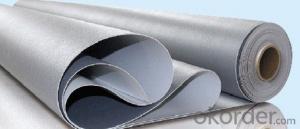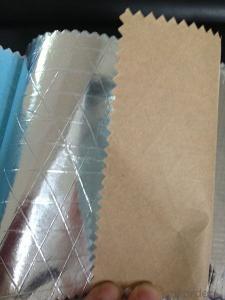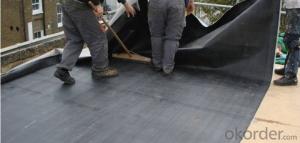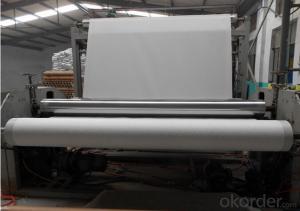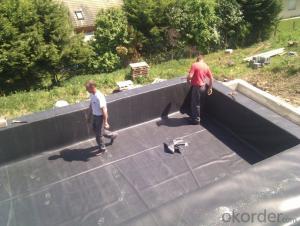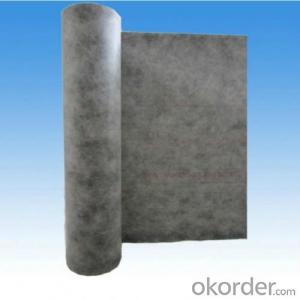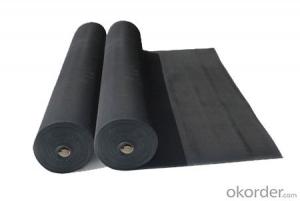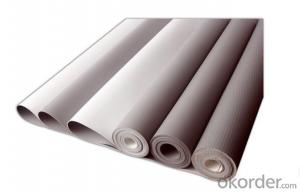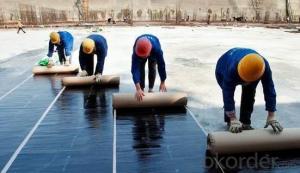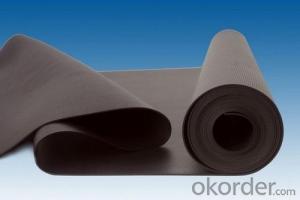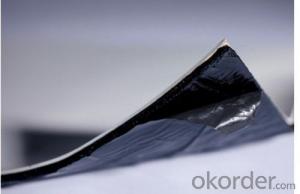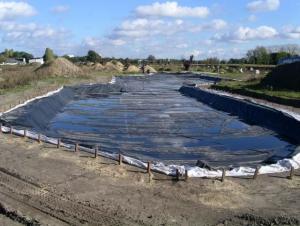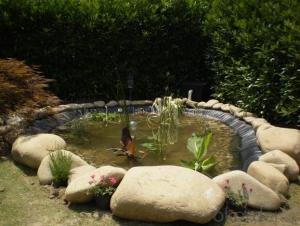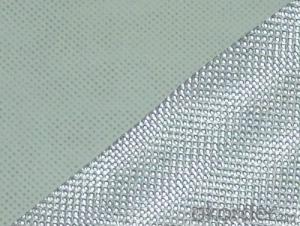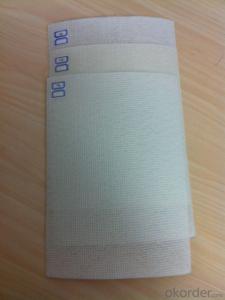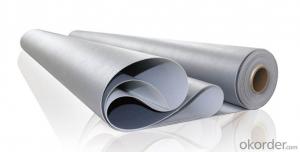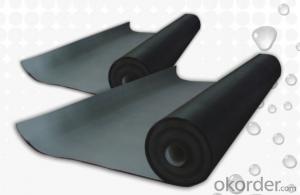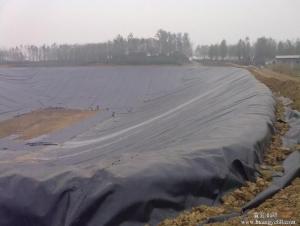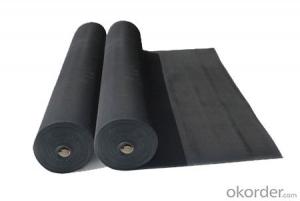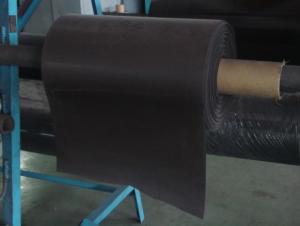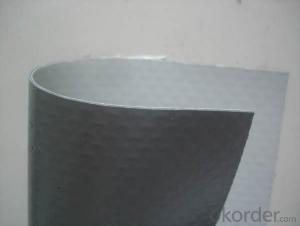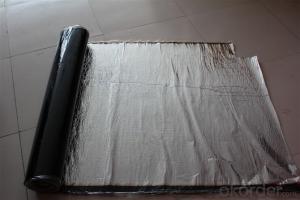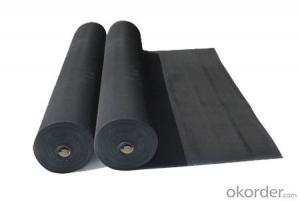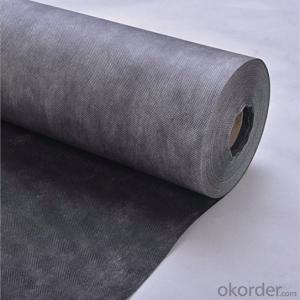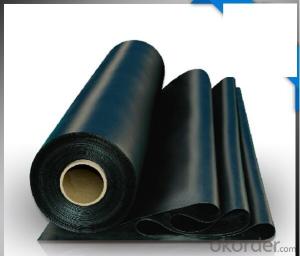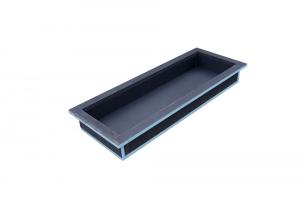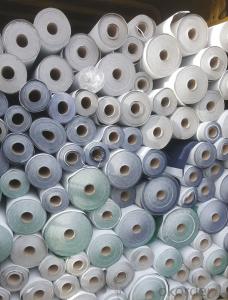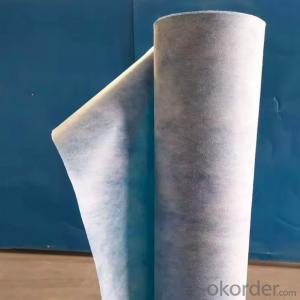Redgard Waterproofing Membrane
Redgard Waterproofing Membrane Related Searches
Red Guard Waterproofing Membrane Geomembrane Waterproofing Waterproof Geomembrane Bentonite Waterproofing Membrane Mapei Waterproofing Membrane Paintable Waterproof Membrane Waterproof Membrane For Decks Damp Proof Membrane Concrete Foundation Waterproofing Membrane Residential Waterproofing Waterproofing Membrane Philippines Liquid Rubber Membrane Waterproofing Geomembrane Liner Waterproof Material Bitumen Roofing Membrane Waterproof Seal Commercial Waterproofing Waterproofing Wet Areas Waterproof Sealer Mel Rol Waterproofing Reinforced Geomembrane Material Waterproofing Spray Plastomeric Waterproofing Materials Permeable Geomembrane Waterproofing Homes Waterproof Thermal Blanket Waterproofing Inspection Terram Geotextile Membrane Textured Geomembrane Impermeable GeomembranesRedgard Waterproofing Membrane Supplier & Manufacturer from China
Redgard Waterproofing Membrane is a high-quality product designed to provide a durable and effective solution for waterproofing surfaces. This advanced membrane is formulated with a unique blend of polymers and additives, which ensures excellent adhesion to various substrates while maintaining flexibility and resistance to cracking. The product is specifically engineered to withstand harsh environmental conditions and is ideal for both residential and commercial applications.The Redgard Waterproofing Membrane is widely used in a variety of scenarios, including basements, bathrooms, and outdoor decks. Its versatility makes it a popular choice for contractors and homeowners alike who are looking to protect their structures from water damage and moisture-related issues. The membrane can be easily applied to concrete, masonry, and other porous surfaces, providing a seamless barrier against water infiltration. This product is also compatible with various other construction materials, making it a convenient option for a range of projects.
As a leading wholesale supplier, Okorder.com offers a vast inventory of Redgard Waterproofing Membrane products to cater to the needs of customers worldwide. With a commitment to providing top-quality materials at competitive prices, Okorder.com ensures that customers have access to reliable and efficient waterproofing solutions. By partnering with Okorder.com, customers can benefit from their extensive experience in the industry and enjoy the convenience of a one-stop-shop for all their waterproofing requirements.
Hot Products








